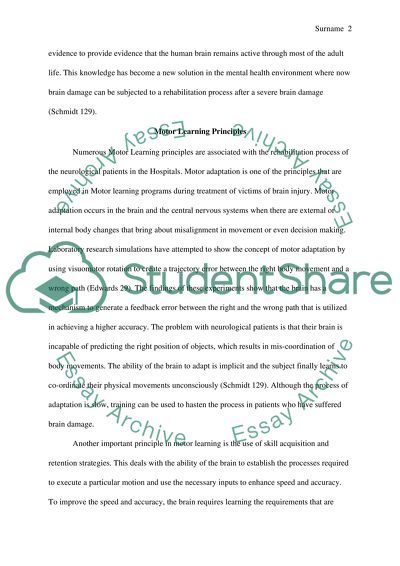Cite this document
(“Principles of motor learning and rehabilitation Research Paper”, n.d.)
Retrieved from https://studentshare.org/health-sciences-medicine/1485136-principles-of-motor-learning-and-rehabilitation
Retrieved from https://studentshare.org/health-sciences-medicine/1485136-principles-of-motor-learning-and-rehabilitation
(Principles of Motor Learning and Rehabilitation Research Paper)
https://studentshare.org/health-sciences-medicine/1485136-principles-of-motor-learning-and-rehabilitation.
https://studentshare.org/health-sciences-medicine/1485136-principles-of-motor-learning-and-rehabilitation.
“Principles of Motor Learning and Rehabilitation Research Paper”, n.d. https://studentshare.org/health-sciences-medicine/1485136-principles-of-motor-learning-and-rehabilitation.


